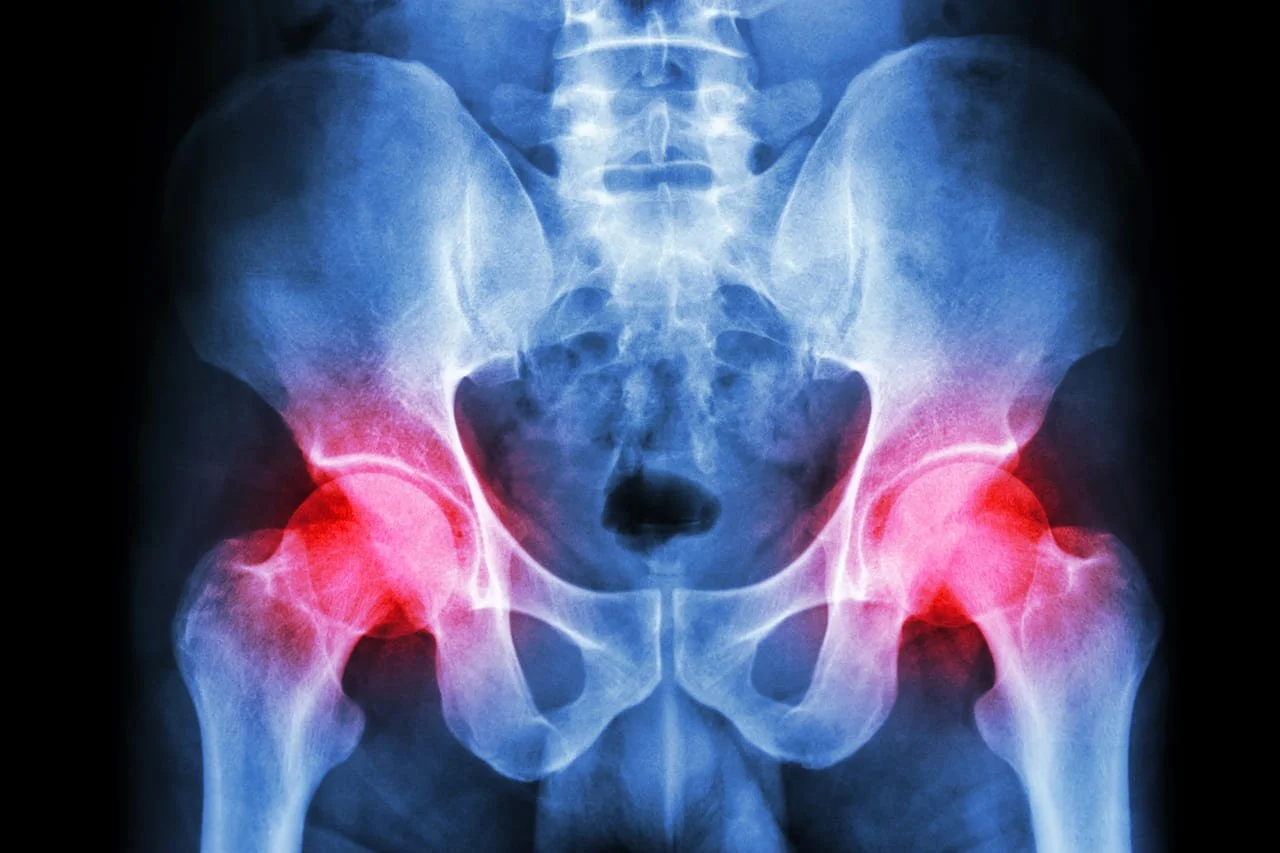Support for Pelvic Health: How Physiotherapy Helps with Common Conditions
Pelvic health physiotherapy is a specialized and often overlooked field that plays a vital role in supporting everyday functions like bladder and bowel control, sexual health, and core stability. While many people only consider pelvic physiotherapy after experiencing pain or incontinence, it is in fact a proactive and effective treatment option for a wide range of conditions. In this blog, we explore the diverse conditions pelvic health physiotherapy can help with, how treatments are tailored to individual needs, and why it’s relevant for people of all ages and genders.
Pelvic Health Physiotherapy Explained
Pelvic health physiotherapy is a specialized branch of physiotherapy focused on the muscles, ligaments, and connective tissues in the pelvic region. This area plays a crucial role in bladder, bowel, and sexual function, as well as core stability. When these systems become disrupted due to injury, surgery, childbirth, or other medical conditions, individuals may experience pain, dysfunction, or incontinence. Pelvic physiotherapy aims to assess and treat these issues through a combination of manual therapy, education, breathing techniques, and targeted exercises.
Sessions typically begin with a detailed assessment that may include internal and external evaluation to identify dysfunction. Based on findings, the physiotherapist develops a customized treatment plan to address issues such as muscle weakness, tension, poor coordination, or nerve sensitivity. Treatments can benefit people of all ages and genders and are often a non-invasive alternative or complement to medication and surgery. By improving the function of the pelvic floor and surrounding structures, pelvic health physiotherapy can help restore control, comfort, and confidence in daily life.
Addressing Urinary Incontinence: How Pelvic Health Physiotherapy Helps
Pelvic physiotherapy is highly effective for managing and improving urinary incontinence by addressing the underlying muscle and coordination issues that contribute to leaks. Benefits include:
Strengthening Weak Pelvic Muscles: Tailored exercises help improve the strength and endurance of the pelvic floor, essential for maintaining bladder control.
Improving Muscle Coordination: Therapy trains the pelvic muscles to engage at the right time, reducing involuntary leakage during movement or exertion.
Bladder Training Techniques: People are taught methods to gradually increase bladder capacity and control urges more effectively.
Postural and Breathing Education: Core and postural alignment can impact bladder control; therapists guide clients in optimizing these functions.
Behavioural Modifications: Education on fluid intake, caffeine consumption, and toileting habits helps reduce irritation and urgency.
Biofeedback and Electrical Stimulation: These tools help people better understand muscle engagement and improve responsiveness over time.
By targeting the mechanics of bladder control, pelvic physiotherapy provides a structured path to regain continence and improve quality of life.
Benefits of Pelvic Health Physiotherapy for Pregnant Women
Pregnancy places increased pressure and strain on the pelvic region, which can lead to discomfort and functional issues both during and after pregnancy. Physiotherapy offers multiple benefits:
Pelvic Floor Preparation for Labour: Exercises help strengthen and coordinate muscles used during delivery, improving outcomes and recovery.
Pain Management: Therapy addresses common prenatal issues like pelvic girdle pain, lower back pain, and sacroiliac joint discomfort.
Bladder Support: Physiotherapists teach strategies to reduce stress incontinence that often occurs with the added pressure of pregnancy.
Postural Awareness: Improved posture and body mechanics support joint health and reduce muscle strain during pregnancy.
Safe Core Strengthening: Therapists guide appropriate core exercises to maintain strength without increasing pressure on the abdomen.
Education on Pushing Techniques and Perineal Massage: Learning proper techniques in advance may reduce trauma during childbirth.
Supporting the pelvic floor during pregnancy promotes a healthier, more comfortable prenatal experience and supports long-term recovery.
How Can Pelvic Physiotherapy Help With Chronic Pelvic Pain?
Chronic pelvic pain is often complex, involving muscular, neurological, and emotional components. Pelvic physiotherapy takes a holistic approach by identifying muscle tightness, trigger points, or coordination issues that may be contributing to pain. Treatment typically includes manual therapy to release tension, breathing and relaxation techniques to reduce guarding, and education about pain science to reduce fear and anxiety. By retraining movement and restoring pelvic floor function, physiotherapy helps desensitize the area, reduce flare-ups, and improve quality of life over time.
Treating Painful Intercourse: The Role of Pelvic Physiotherapy
Painful intercourse, or dyspareunia, can result from muscular tension, scarring, or poor coordination in the pelvic floor. Pelvic physiotherapy addresses these root causes through:
Manual Therapy for Muscle Release: Gentle internal or external techniques relieve muscle tightness that may be causing pain.
Education on Relaxation Techniques: Breathing, positioning, and awareness exercises help reduce anxiety and prepare the body for pain-free intimacy.
Desensitization Strategies: Gradual exposure and sensory retraining improve tissue tolerance and reduce sensitivity.
Posture and Core Support: Improving pelvic alignment can ease mechanical tension during movement or intimacy.
Scar Mobilization: For individuals with perineal trauma or surgical scars, targeted techniques help improve tissue mobility.
Pelvic Floor Coordination Training: Learning to properly engage and relax pelvic muscles helps reduce fear-avoidance patterns during intercourse.
By addressing both physical and emotional contributors, physiotherapy offers a gentle and effective approach to regaining comfort.
How Pelvic Physiotherapy Addresses Bowel Dysfunction
Bowel issues like constipation, fecal incontinence, and irritable bowel symptoms can be improved with targeted pelvic floor therapy:
Strengthening for Continence: Weak pelvic muscles are reinforced through exercises that support bowel control.
Relaxation Techniques for Constipation: Breathing and positioning strategies help reduce strain and promote easier bowel movements.
Toileting Education: Therapists guide optimal posture and timing for more effective, less stressful bowel habits.
Biofeedback Training: People learn to isolate and coordinate the pelvic muscles involved in defecation.
Abdominal Massage and Visceral Mobilization: Gentle techniques may support digestive movement and relieve bloating or cramping.
Trigger Point Release: Releasing muscle tension can improve motility and reduce pain associated with bowel dysfunction.
Pelvic physiotherapy offers a non-invasive way to improve bowel function and restore confidence in daily routines.
Can Men Benefit From Pelvic Health Physiotherapy?
Although pelvic health concerns are often associated with women, men also experience conditions that can be addressed through physiotherapy. Issues such as chronic prostatitis, urinary urgency, post-prostatectomy incontinence, and pelvic pain are commonly treated by pelvic physiotherapists. Therapy focuses on retraining the pelvic floor, improving core stability, and reducing muscle tension or nerve sensitivity. Men may also benefit from education on toileting posture and lifestyle factors that influence pelvic health. Pelvic physiotherapy offers an evidence-based, discreet, and effective option for men facing these concerns.
Signs You Might Need Pelvic Health Physiotherapy
Many symptoms related to pelvic dysfunction are mistakenly considered normal or untreatable. Common signs include:
Leaking with Coughing, Sneezing, or Exercise: Often a sign of weak pelvic floor muscles.
Frequent Urination or Urge Incontinence: Difficulty delaying urination or rushing to the bathroom may indicate bladder control issues.
Pelvic or Lower Abdominal Pain: Ongoing pain or pressure could signal muscular or structural dysfunction.
Pain During or After Intercourse: Discomfort may be linked to tension or coordination issues in the pelvic muscles.
Constipation or Straining: Trouble with bowel movements may stem from poor pelvic floor relaxation.
Pelvic Heaviness or Bulging: These may be symptoms of pelvic organ prolapse.
Postpartum Concerns: Issues like perineal pain, core weakness, or bladder leaks are treatable signs of pelvic dysfunction.
Recognizing these signs early can help individuals seek appropriate care and prevent symptoms from worsening.
Can Pelvic Physiotherapy Help With Hip, Back, or Core Stability Issues?
The pelvic floor is part of the core muscle group that includes the diaphragm, deep abdominals, and spinal stabilizers. Dysfunction in this area can contribute to broader musculoskeletal issues:
Improved Core Coordination: Therapy enhances how pelvic floor muscles work with the rest of the core to stabilize the spine and pelvis.
Postural Correction: Better alignment reduces strain on the hips and lower back.
Releasing Muscle Imbalances: Tight or underused muscles in the pelvic region can lead to compensation and pain elsewhere.
Functional Movement Training: Therapists retrain movement patterns to reduce injury risk and enhance performance.
Pain Reduction Strategies: Addressing pelvic dysfunction may resolve referred pain in the back or hips.
Targeted Strengthening: Customized plans support core resilience in day-to-day activities and exercise.
Pelvic physiotherapy is a key player in addressing pain and improving function beyond the pelvic region.
Can Children or Teens Benefit From Pelvic Health Physiotherapy?
Pelvic physiotherapy is not just for adults—children and teens experiencing pelvic floor dysfunction can benefit greatly from early intervention. Common concerns include bedwetting, constipation, urinary frequency, and incontinence. Treatment is always age-appropriate and may involve play-based exercises, education, and biofeedback tools to teach muscle awareness. By addressing these concerns early, therapy can improve quality of life, prevent emotional distress, and promote better long-term pelvic health as the child matures.
Don’t Let Pain Ruin Your Day
If you're struggling with pelvic discomfort, bladder or bowel challenges, or pain that’s been hard to explain or manage, pelvic health physiotherapy might offer the support you’ve been looking for. Whether your concern is long-standing or newly developed, working with a trained physiotherapist can help you regain control, reduce pain, and improve your day-to-day function.
Contact the team at Kneaded Carein Brantford to learn how a personalized pelvic health plan can support your recovery, mobility, and overall confidence—because you deserve care that’s focused on the most important parts of your well-being.

 MON-WED–THU 9am–7pm, TUE 8am–7pm, FRI 8am–2pm, SAT 9am–2pm, SUN Closed
MON-WED–THU 9am–7pm, TUE 8am–7pm, FRI 8am–2pm, SAT 9am–2pm, SUN Closed 


